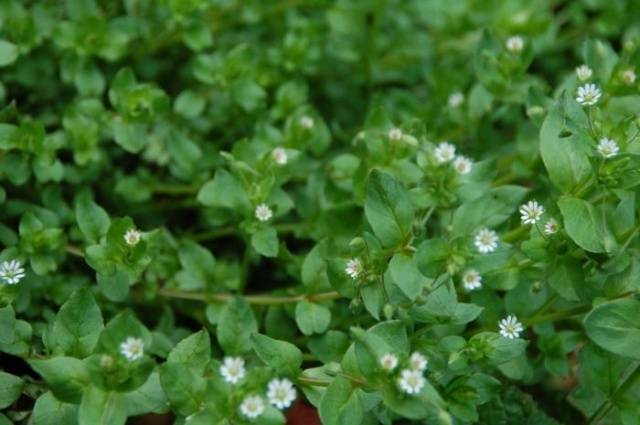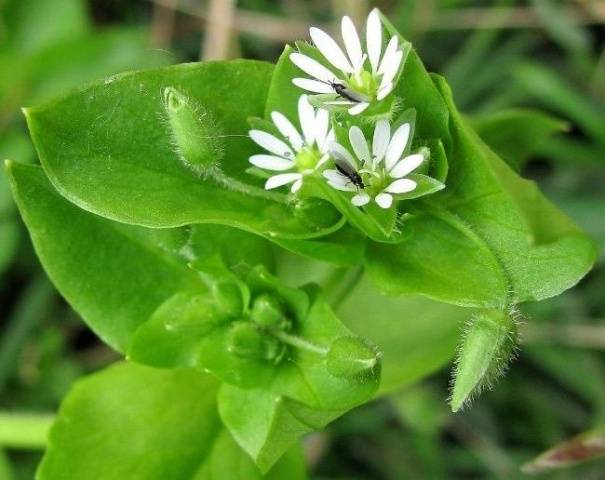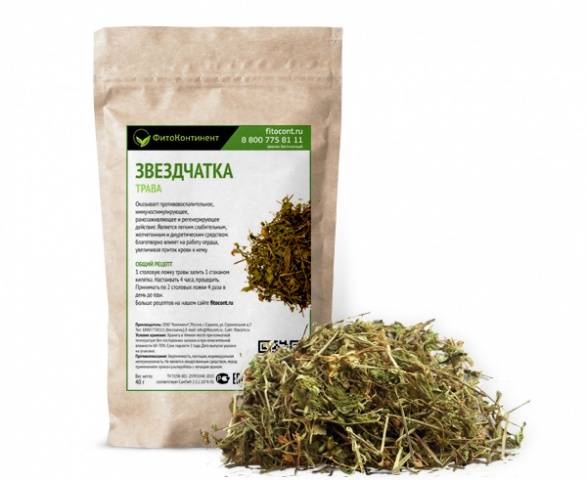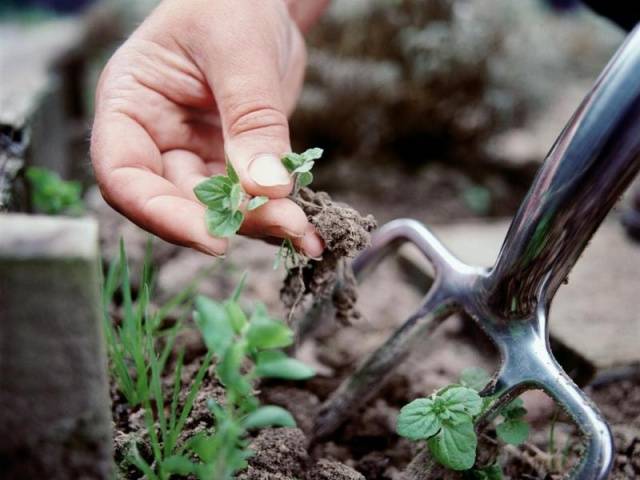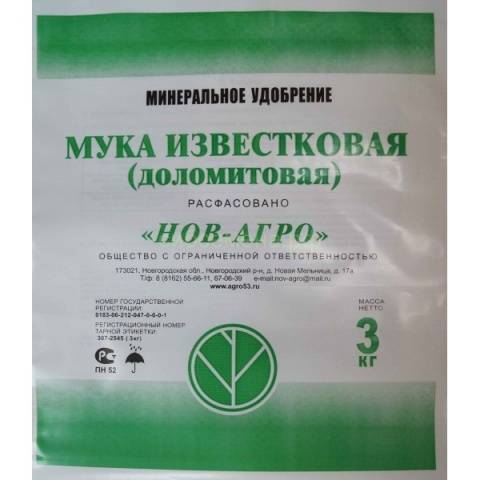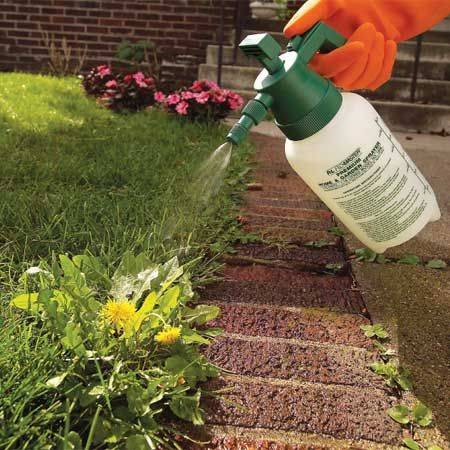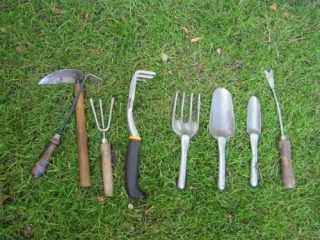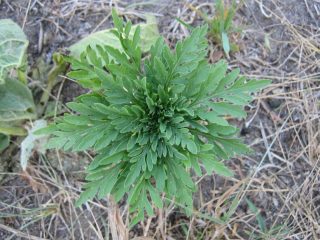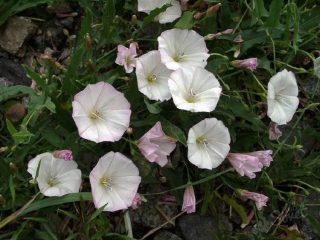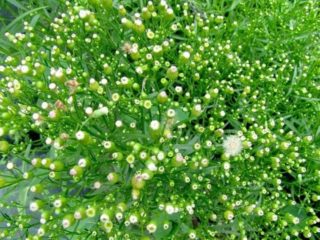Content
Sometimes you visit your friends at the dacha, and there delicate fragile plants with small cute white stars spread out like a carpet under your feet. I just want to stroke them. But in fact, these beautiful flowers are the worst enemy of gardens and orchards.
This weed woodlice causes a lot of trouble for the owners of summer cottages and backyard plots. It is very difficult to remove it from the garden. What kind of measures to combat it have not been invented by resourceful gardeners! Novice gardeners are worried about what measures can be taken to eradicate the wood lice weed - a pest of cultivated plants. Let's try to answer this question.
A little about the plant
There are several types of woodlice in nature. In the Russian open spaces, the forest starfish grows. Wood lice weed is an annual, less often a two-year-old herb. Despite its small size, one plant, if not pulled out in time, covers a fairly large space. The stems of the woodlice weed are highly branched, they have the smallest villi. Early in the morning, while the dew is still lying, the plant looks crystal in the rays of the rising sun.
Ephemeral plant development time is about a month. After which the wood louse dies, but does not disappear from the garden. The reproductive capacity of this weed can be envied. The method of reproduction is seed and vegetative (by pieces of the stem that sprout roots).
In literally 4 weeks on a wood lice weed, the smallest seeds (up to 25,000) ripen, which immediately germinate, since they do not have a dormant period. The seeds can lie quietly in the ground for several years, they do not die either in heat or frost.
+4 degrees is enough for seed germination, so it "meets" the owners of the plots before other weeds. Even the first frost is not afraid of woodlice weeds. Starfish thrives in warm weather, covering the surface under cultivated plants with a green carpet, oppressing them.
Plants are popularly called woodlice. Grows on fertile soil, in partial shade and with strong moisture.
Beneficial features
Whatever we talk about harmful plants, they simply do not exist in nature. They are harmful to gardeners and gardeners, interfere with the cultivation of crops. In fact, each plant, including the forest starlet, has its own purpose.
Woodlice is also called bird salad. Our ancestors fed chickens, geese, ducks, turkeys with this weed. Woodlice and pigs do not give up weed. And the people themselves did not disdain the first greens, they prepared various dishes from woodlice.
Useful properties of woodlice
- Participates in the metabolism.
- Improves joint mobility through collagen synthesis.
- It has a rejuvenating effect on the body.
- Woodlice weed is used for arthrosis.
- Increases the body's immunity.
- Reduces oxidative processes, promotes the elimination of toxins and toxins.
- It is used as a prophylactic agent to prevent oncology and ischemia.
- Wood lice herb is used when creating gynecological preparations.
- It has a beneficial effect on the heart muscle and blood vessels, cerebral circulation, and normalizes blood pressure.
Harvesting the medicinal herb of woodlice weed can be done independently or purchased in a pharmacy in a dry form.
Starfish is rich in:
- vitamins of group C, E, B, carotene.
- magnesium, copper, iron and cobalt, wax and chlorine;
- alkaloids and flavonoids, lipids, sapons;
- essential oils, tannins;
- complex nitrogen-free organic compounds.
Useful properties of woodlice weed:
How to get rid of a green pest
No matter how attractive the plant is for its beneficial properties, woodlice growing in gardens and vegetable gardens is primarily a weed plant.
What harm does forest starfish do in gardens and vegetable gardens:
- Growing, the weed covers the ground like a blanket, does not let the rays of the sun through, and excludes air circulation. Therefore, in places where there are a lot of wood lice, excellent conditions are created for the development of harmful microorganisms that absorb beneficial bacteria. Under the green cover of the forest starweed, a favorable atmosphere is created for weevils, aphids, cruciferous fleas and other pests of the garden and vegetable garden.
- One should not think that the thin delicate roots of the plant are harmless. In fact, the root system of the woodlice weed is so branched and powerful that cultivated plants constantly lack moisture.
- It draws out nutrients from the soil, depleting it.
Many gardeners and gardeners, not only beginners, but also trainees, are often interested in how to get rid of woodlice. Although they are well aware that any measures in the fight against weeds, temporary. Any plants, except for cultivated ones, have excellent vitality, the ability to reproduce even under unfavorable conditions. Science has not yet invented a means of controlling weeds that will defeat them once and for all. Yes, this is not necessary, otherwise the natural balance will be disturbed.
Mechanical impact and agricultural technology
- Removing wood lice weed mechanically is the most common and safest method. Manual removal is best done while wood lice have not yet had time to form a powerful root system. The roots of the woodlice weed look like thin white threads, they break off at the base.
- Agrotechnical standards are effective against weeds: plowing and digging of the site, loosening with the establishment of heat to destroy seeds that are beginning to germinate.
- We get rid of wood lice with a sharp hoe or flat cutter. If you deepen the tool two centimeters, then the growth point will be cut off, the plant will cease its vital activity. It is good to do this work on a sunny, windless day. Weed wood lice must be selected from the site all to the smallest twigs and laid on a film to dry.
It is better to work with a pitchfork, digging up the soil several times. Not only grass is selected from the ground, but also roots.
Reducing soil acidity
How to determine the soil
The fight against forest stars will be more successful if the acidity of the soil is reduced. Gardeners and gardeners, unlike agronomists, do not have laboratory equipment to determine how acidic the soil is on the site. Plants can help with this.
We suggest listening to useful tips:
- Too acidic soils growing wild mint, horsetail, tricolor violet.
- On slightly acidic soils, chamomile, dandelion, dandelion, clover, coltsfoot feel great.
- Neutral soils are favored by nettle and white gauze (quinoa).
Focusing on wild plants, you can roughly determine the acidity of the soil on the site.
Soil deoxidation methods
In order to combat the invasion of woodlice weeds on the site to give a greater effect, preventive measures will have to be taken to deoxidize the soil. There are different options for substances that help make the soil less acidic, which means that there will be less weed. Can be used:
- wood ash;
- fluff lime:
- dolomite flour.
The effect of fluff and dolomite flour on soil acidity is shown in the table.
| Name | Application rules, effectiveness |
|---|---|
| Fluffy (slaked lime) | The best effect of application is obtained on soils with high fertility, where clay or loam predominates. The application rate is from 0.4 to 0.65 kg per square, depending on the acidity of the soil. There is no need to violate the norms for adding fluff to the ground. Excess drug will reduce the ability of plants to absorb potassium and phosphorus, because they change their structure and become insoluble. |
| Dolomite flour (lime flour) | If the soil is light, sandy loam or lacking in magnesium, it is best to use dolomite flour, which will compensate for the deficiency of the trace element. It is necessary to add strictly according to the norm, depending on the quality of the soil, from 0.35 to 0.6 kg per square meter. Dolomite flour should be finely ground. Potatoes and tomatoes respond well to it. |
Weed chemical attack
And now let's talk about how to get rid of woodlice weeds in the garden and vegetable garden, if neither mechanical, but agrotechnical methods, nor soil deoxidation reduce the number of plants on the site. In this case, chemistry comes to the rescue, drugs called herbicides.
Chemical production presents a wide range of products for summer residents, created specifically for the destruction of weeds in small areas.
You can use drugs approved in Russia:
- Roundup and Glyph;
- Glysol and Zero;
- Tornado, Hurricane and Whirlwind.
Despite the different names, herbicides have the same ability to kill weeds.
Gardeners often ask the question of how to deal with weeds, including woodlice, using chemicals. A herbicidal attack on weeds is carried out with a continuous growth of woodlice in places where cultivated plants do not grow. This work is best done after harvest.
If this is not possible, planting of plants is protected with a covering material and spot destruction of weeds is carried out, as shown in the photo.
As a rule, weeds treated with chemicals first turn yellow and then dry out. There is no need to clean up the site until the plants die completely. Literally in 3-4 weeks, the preparations completely decompose, they do not accumulate in the soil.
Conclusion
Harm and benefit woodlice plants merged together. One of the ways to combat it can be the use of weed as a remedy and product for making salads, vitamin tea.
We wish gardeners and gardeners a successful fight against any weeds, as well as woodlice, in order to obtain safe, environmentally friendly products from their plots.
